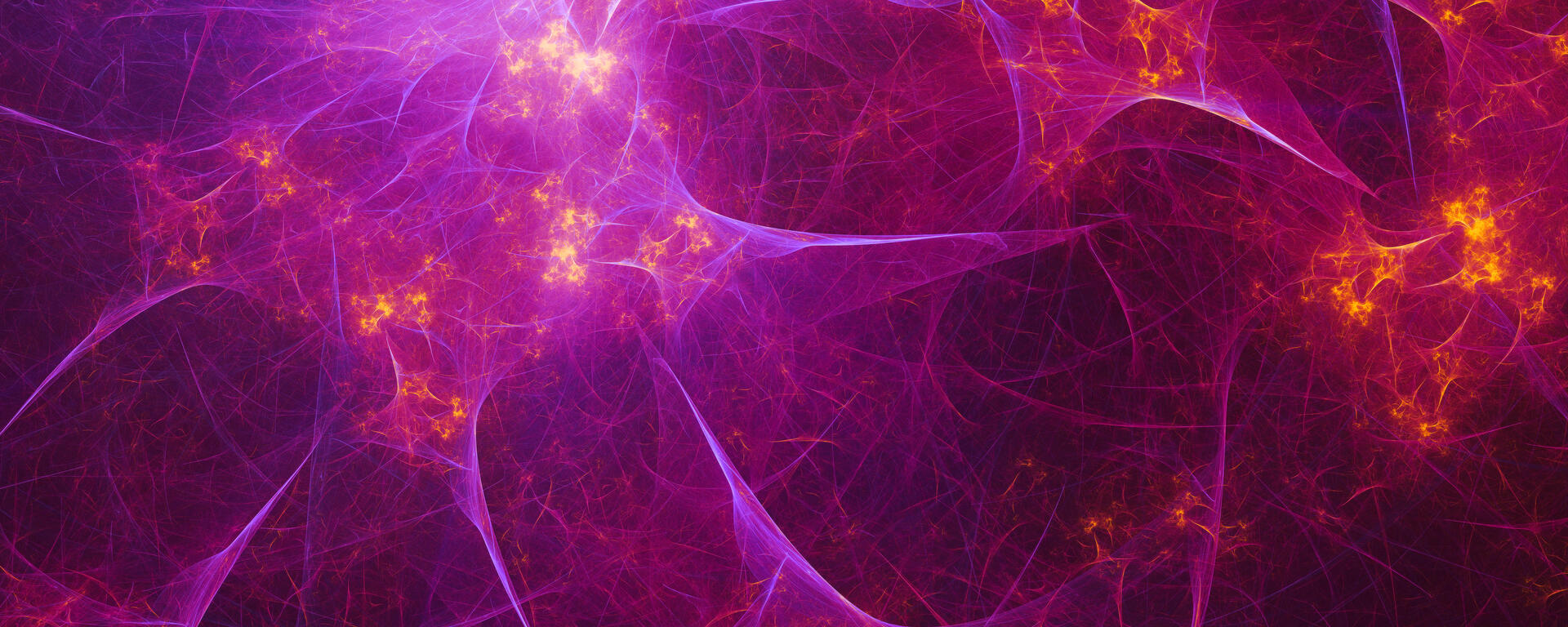Cross-cutting NeuroTechnology Cores create an environment that acts as a springboard for creativity and excellence in research. These cores provides researchers across all areas of brain and mental health with the most advanced equipment available, enabling researchers to be competitive with the top neuroscience facilities in the world. The NeuroTechnology Cores incorporate a long-term plan for maintenance and operation, including technical expertise to facilitate and capitalize on research within the new infrastructure.
NeuroTechnology Cores:
The University of Calgary and Hotchkiss Brain Institute established the Calgary Brain Bank in 2016 to study neurodegenerative diseases including diseases causing dementia as well as multiple sclerosis, Parkinson’s disease, neuromuscular diseases and other degenerative disease of the central nervous system. The Brain Bank is designed to assist scientists who study these diseases by providing them with human brain tissues from both disease states and normal aging. Located within the Healthy Brain Aging facility on the second floor of the Health Sciences Centre at the Foothills campus, the Brain Bank is led by Drs. Jeff Joseph and Eric Smith.
The CSM Optogenetics Core, launched in 2017, uses light-based molecular tools to visualize and manipulate the brain and nervous system in animal models. Within the facility, users can access miniature microscopes, a wireless optogenetics system and a fibre photometry imaging system. The facility is directed by Dr. Alex Lohman.
The HBI Advanced Microscopy Platform (AMP), which opened in early 2017, provides advanced imaging technologies and technical support for lightsheet microscopy, multiphoton live imaging, spectral confocal imaging, laser capture microdissection, high-resolution slide scanning, in vivo confocal endomicroscopy, and high-content screening to more than 24 HBI labs. AMP is closely associated with CSM Optogenetics and builds upon the successes of its predecessor, the CFI-funded Regeneration Unit in Neurobiology (RUN) facility. AMP is directed by Dr. Grant Gordon and is a key participant in the CSM Advanced Imaging and Microscopy network, a collective that spans multiple institutes to provide standardized access and user fees across the CSM.
The HBI Molecular Core Facility is operated by the HBI. It is equipped with state-of-the-art molecular biology equipment and reagents. Its services include DNA purification, gene cloning and protein analyses. A dedicated scientific manager provides expertise in experimental design, as well as training services and workshops.
Providing start-to-end services related to single cell and spatial transcriptomics.
Services provided include project consultation, guidance with sample preparation, library preparation with 10x Genomics platform, bioinformatics data analysis with inhouse generated data and publicly available datasets. For further details contact Charlotte at dmelloc@ucalgary.ca
The MR-guided Focused Ultrasound Core (MRgFUS) was launched in early 2017 and operates under the leadership of Drs. Bruce Pike, Zelma Kiss (Clinical Co-Lead), and Samuel Pichardo (Technical Co-Lead). MRgFUS uses an MR scanner to guide high intensity focus ultrasound (FUS) to ablate targeted brain regions through the intact skull. Research using this innovative neurosurgery technology is underway for the treatment of essential tremor, tremor dominant Parkinson’s disease, and obsessive compulsive disorder (OCD). The core also includes low intensity transcranial ultrasound stimulation (TUS) for non-ablative neuromodulation in healthy subjects and patients. There are also facilities for pre-clinical neuromodulation and blood brain barrier (BBB) opening research in rodent models.
Based at the Seaman Family Magnetic Resonance Research Centre, the NeuroImaging Research Unit is operated by the HBI. This research unit offers technical expertise and administrative assistance to researchers initiating and conducting high-magnetic-field human brain imaging research. Dedicated personnel facilitate neuroimaging research from initial experimental design to final dissemination of research findings. Located at the university’s Foothills campus, the NeuroImaging Research Unit also offers a satellite data analysis facility in the Department of Psychology on the main university campus.
The Non-invasive Neurostimulation Network (N3) which was established in 2016 and is led by Dr. Alex McGirr, uses transcranial magnetic stimulation and other stimulation technologies to research a range of brain disorders including cerebral palsy, traumatic brain injury, and Parkinson’s disease. N3 has built and equipped multiple new laboratories, including at the Mathison Centre and Foothills Medical Centre, in addition to the largest facility at the Alberta Children’s Hospital. A rich collaborative network and formal training program are available to all interested users.
The Hotchkiss Real-World Evidence (RWE) platform is a new virtual data platform established to assist HBI scientists with accessing, integrating, and analysing routinely collected health data, data from clinical registries, and external sources of data including surveys and population-based datasets. We are a network of health care providers and other stakeholders from the University of Calgary that work together to optimize the care patients receive, with the aim to improve health-related outcomes.
The RESTORE Network’s mission is to improve the cardiovascular, neurological and musculoskeletal health of patients with neurological disorders through integrative research and technological innovation. Led by HBI member Dr. Aaron Phillips, It is a multi-institute initiative (Hotchkiss Brain Institute, Libin Cardiovascular Institute, McCaig Institute for Bone and Joint Health) created to enhance research into clinical neurorehabilitation. The RESTORE Network aims to enhance the recovery and lives of individuals living with a number of neurological disorders by evaluating and discovering novel therapeutic interventions. RESTORE’s team is comprised of Scientists, Clinicians, and Engineers with the expertise to conduct multidisciplinary and integrative clinical research in spinal cord injury, stroke, and other movement impairments.

